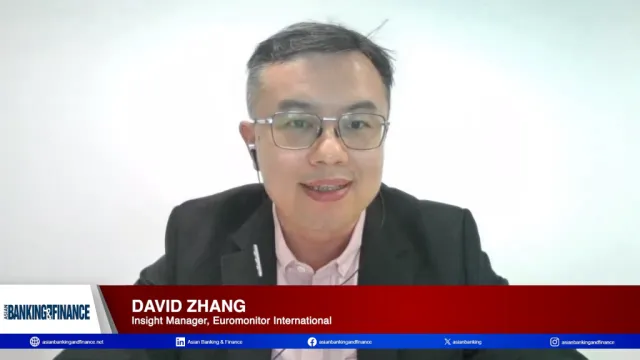
Rapid loan growth weighs on Bank of Suzhou’s capital ratios
The bank is expected to maintain good asset quality over the same period.
Bank of Suzhou’s good risk management and financial performance are stable, but capital ratios may get strained by its rapid loan growth.
The China-based bank is noted for its improving business franchise, notably its low non-performing loan (NPL) ratio, which had hovered below 0.9% since 2022, according to Moody’s Ratings. Suzhou has a GDP size of RMB2.5t in 2023 and ranked sixth amongst all cities in China.
“Moody's anticipates the bank will continue its strategic alignment and business integration with Suzhou's economic development,” the ratings agency said in a report, where it upgraded Bank of Suzhou’s local and foreign currency long-term deposit and issuer ratings to Baa3.
However, the ratings agency warned that the bank’s capital ratios may be strained by its rapid loan growth over the next 12-18 months. It will still remain higher than most of its rated peers over the same period.
Bank of Suzhou grew its loan book by 9.7% in the first three months of 2024, following a compound annual growth rate (CAGR) of 16.3% from 2019 to 2023, Moody’s reported. Although this growth is at par with other banks in Suzhou, the rapid loan growth poses unseasoned asset risk, the ratings agency warned.
As of end-2023, Bank of Suzhou’s share of corporate loans to the property sector has risen to 5.7% (4% in 2022).
The bank’s NPL ratio for corporate loans to the property sector declined to 2.60% from 4.55% during the same period.
Overall, over 6 in 10 (62.2%) of the bank's gross loans were in Suzhou and 37.8% in the rest of Jiangsu province as of the end of 2023.
Bank of Suzhou’s net interest margin (NIM) is also expected to continue facing negative pressure amidst the low interest rate environment in China.
However, the bank's credit costs are likely to remain low given its stringent risk management and strong loan loss reserve buffer, Moody’s said.
Separately, a report by S&P Global Ratings warned against recent measures by Chinese authorities aimed at fixing the country's property slump. The measures may reportedly weigh on banks in cities with declining property buyers, as it may embolden buyers with "multiple first homes" to simply default on their loans.


















 Advertise
Advertise







